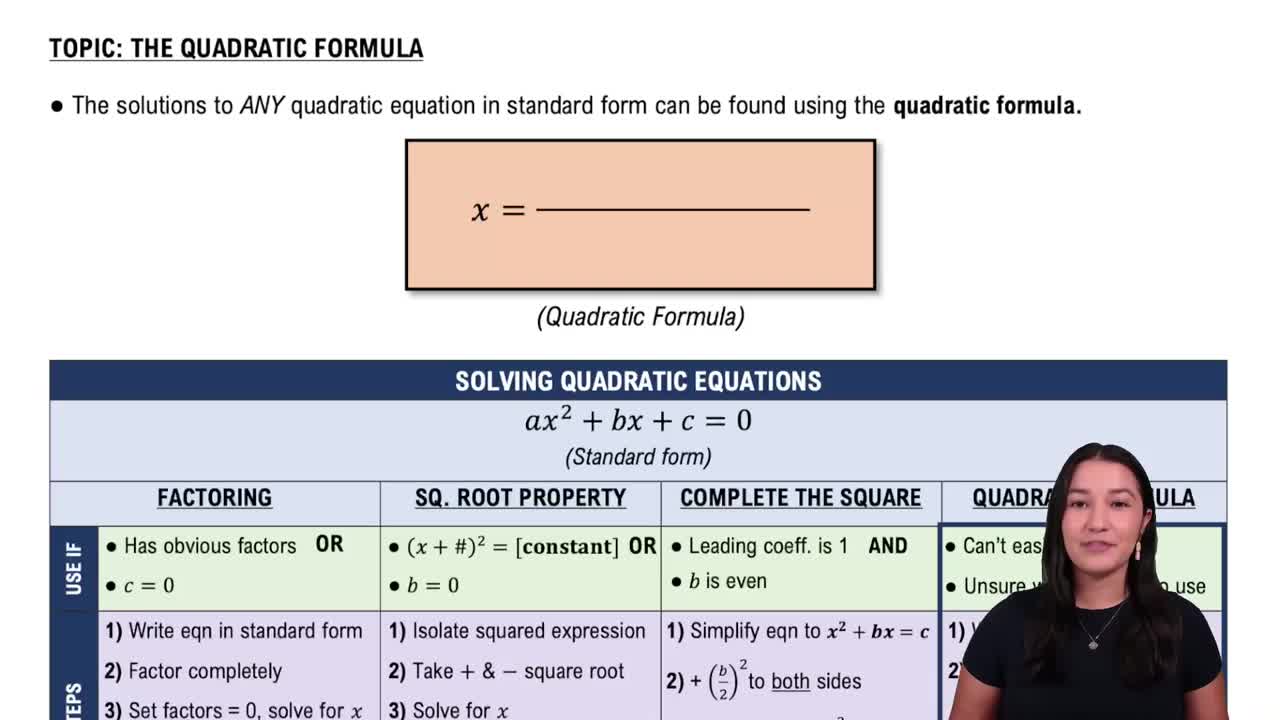Textbook Question
Graph each equation in Exercises 1–4. Let x= -3, -2. -1, 0, 1, 2 and 3. y = x^2-3
308
views
1
rank
 Verified step by step guidance
Verified step by step guidance Verified Solution
Verified Solution

 5:10m
5:10mMaster Graphs & the Rectangular Coordinate System with a bite sized video explanation from Patrick Ford
Start learning